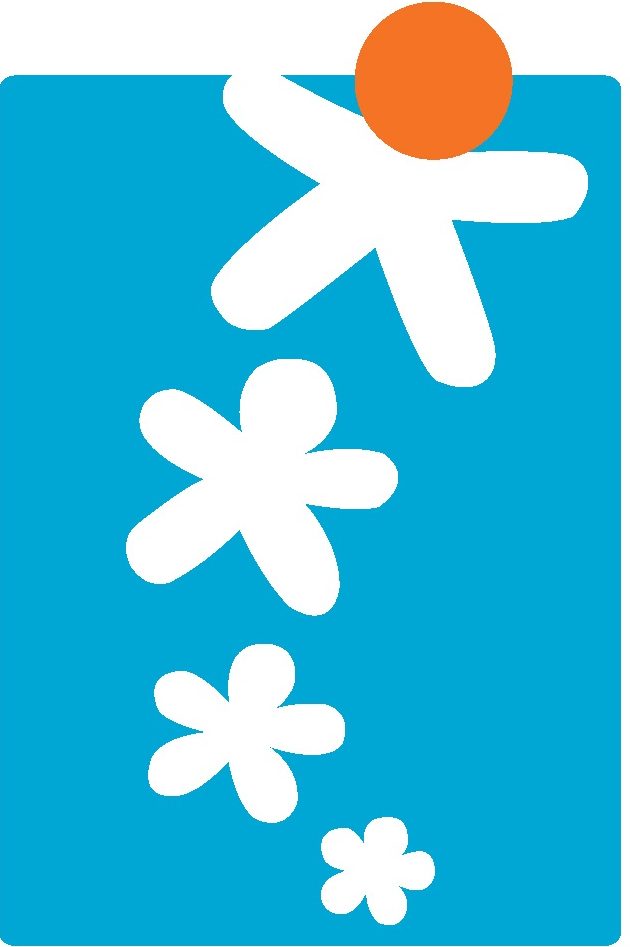Each classroom is equipped with library and laboratory. The books and resources are placed mostly subject wise. Library and laboratory are not something auxiliary rather an integral part of regular teaching and learning.
There are more than 8200 books in libraries spread across different classes (Early Childhood Education or playgroup to grade 8). In addition, there are two regular newspapers, 16 subscribed magazines (Baal Hans, Baal Prahri, Batuni, Chakmak, Champak, Cycle, Down to Earth, Vigyan Pragati, Wisdom, Magic Pot, Nandan, Nanhe Samrat, Parvatiya Baal Manch, Pluto, Sandharbh, Srote).
School also receives eight periodicals and magazines from District Institute, Uttarkashi (Frontline, India Today, Kurukshetra, Outlook, Pratiyogita Darpan, Saflata Samayiki, Samanya Gyan Darpan, Vimarsh) in Hindi and/or English on regular basis, and most of the publications of Azim Premji Foundation/University (At Right Angle, I wonder, Language and Language Teaching, Learning Curve, Pathshala Bheetar Aur Bahar, Pravah, etc.).

Laboratories in each classroom include relevant TLMs and posters, stationery materials, samples, students’ productions etc. There are more than 3000 TLMs (except books) and posters together in all the labs, a basket of stationary materials and resources in every lab. Every classroom transaction is designed in a laboratory setting. Students engage in problem solving, project work, and investigating tasks. In the process of problem solving and carrying out projects, students work individually as well as in group. Teachers also use interactive lectures when required.

Keeping library and laboratory resources at one place facilitate the learning of students and reduces teachers’ pragmatic concern of searching and collecting resources on daily basis. This allows greater opportunity to the learners and teachers to invest more time in exploration, experimentation, and innovation. Input rich environment provides cognitive resources. In addition to that resources at one place help students use the appropriate resources at real time, rather than waiting for resources to use them during cognitive demand.
In the subject labs students get a sense of association with the comprehensive nature of the subject and this minimizes the age-related boundaries of a child’s learning ability and thus try to enable the learner to access the materials through meaningful interaction.
However, it is important to note that classroom is not the only place where students learn. It is not restricted within the boundary of four walls. Students do engage in outdoor activities like exposure visits, survey, construction work, gardening, waste segregation, compost making etc.
